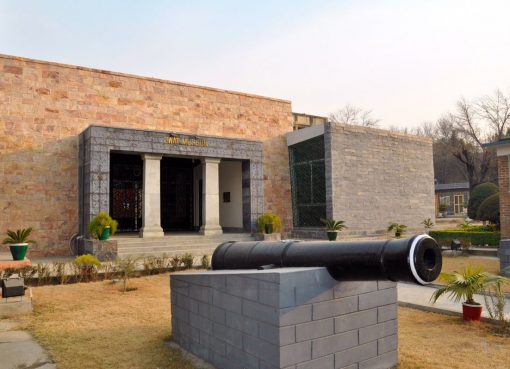
There was now only one direction in which further advance was possible; the north-east, where lies the wild and little-known Indus Kohistan. Here again assistance afforded to rebel Khans gave the Miangul an excuse for action. In 1925 he occupied the Kormang valley, and in 1926 he advanced farther and established posts at Lahor and Besham. In doing this however he encountered unexpectedly heavy opposition and many casualties were sustained. In the winter of 1926-27 the Kohistanis made vigorous efforts to expel his forces from Lahor; they were repulsed after heavy fighting, but no attempt has since been made to penetrate farther into the Indus Kohistan. Beyond Lahor is a great tract of extremely mountainous country comprising the Dubair, Seo and Kandia valleys and containing rich forests. It is believed that no European has ever visited it. The inhabitants live in village communities, acknowledge no ruler, and are said to devote most of their time to their local feuds. They speak a tongue which is known as Khilliwal.
In May 1926 Government formally recognized Miangul Gul Shahzada as Wali or Ruler of Swat, while he in turn undertook to respect the various boundaries prescribed for his State. In 1933 his eldest son Jahanzeb was similarly acknowledged as his Wali-e-Ahad or Heir Apparent.
I will now endeavour to give a brief geographical description of the new State, and will then say something about the Wali’s system of administration and the great progress which the country has made under his beneficent rule.
The boundaries of the State have already been described. In shape it is roughly a rectangle with the Khudu Khel country as an excrescence at the south-eastern corner. Its length from north to south measures about 80 miles, and its width from west to east about 60 miles. Its population is estimated at about 300,000 and except in the Kohistani country in the extreme north, consists of Yusufzai Pathans with a large admixture of Syeds, Mians, and various menial classes, together with a few Hindus.
For purposes of administration the State is divided into four provinces: (I) Swat proper; (2) Buner; (3) the Mandanr country consisting of Chamla, Sori Amazai, and Khudu Khel; (4) the country lying between the eastern watershed of the Swat river and the Indus. Though these divisions are partly racial in character they form a satisfactory basis for the geographical description of the country.









Comment here